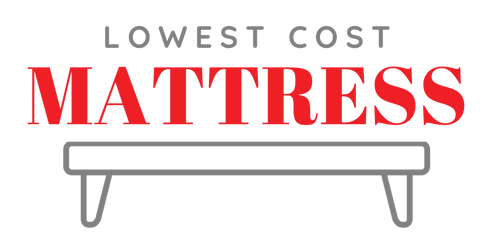MEMORY MATTRESSES AND WHY THEY ARE BETTER……
Memory foam was developed in 1966, (the year I was born) under a contract by NASA’s Ames Research Center to improve the safety of aircraft cushions. Ames scientist Chiharu Kubokawa and Charles A. Yost of the Stencel Aero Engineering Corporation were major contributors to this project. The temperature-sensitive memory foam was initially referred to as “slow spring back foam”; Yost called it “temper foam”. Created by feeding gas into a polymer matrix, the foam has an open-cell solid structure that matches pressure against it, yet slowly springs back to its original shape.
Yost later founded Dynamic Systems Inc. in collaboration with NASA to commercialize the foam, including it in both medical equipment such as X-ray table pads and sports equipment such as football helmet liners. After Dynamic Systems sold memory foam products to Becton, the range of products was expanded.
When NASA released memory foam to the public domain in the early 1980s, Fagerdala World Foams was one of the few companies willing to work with the foam, as the manufacturing process remained difficult and unreliable. Their 1991 product, the “Tempur-Pedic Swedish Mattress” eventually led to the mattress and cushion company, Tempur World.
Memory foam was subsequently used in medical settings. For example, it was commonly utilized in cases where the patient was required to lie immobile in their bed on a firm mattress for an unhealthy period of time. The pressure over some of their body regions decreased or stopped the blood flow to the region causing pressure sores or gangrene. Memory foam mattresses significantly decreased such events.
Memory foam was initially too expensive for widespread use,[citation needed] but became cheaper. Its most common domestic uses are mattresses, pillows, and blankets. It has medical uses, such as wheelchair seat cushions,[3] hospital bed pillows and padding for persons suffering long-term pain or postural problems; for example, a memory foam cervical pillow may alleviate chronic neck pain. Its heat-retaining properties may help some pain sufferers who find the added warmth helps to decrease the pain.
Yost later founded Dynamic Systems Inc. in collaboration with NASA to commercialize the foam, including it in both medical equipment such as X-ray table pads and sports equipment such as football helmet liners. After Dynamic Systems sold memory foam products to Becton, the range of products was expanded.
When NASA released memory foam to the public domain in the early 1980s, Fagerdala World Foams was one of the few companies willing to work with the foam, as the manufacturing process remained difficult and unreliable. Their 1991 product, the “Tempur-Pedic Swedish Mattress” eventually led to the mattress and cushion company, Tempur World.
Memory foam was subsequently used in medical settings. For example, it was commonly utilized in cases where the patient was required to lie immobile in their bed on a firm mattress for an unhealthy period of time. The pressure over some of their body regions decreased or stopped the blood flow to the region causing pressure sores or gangrene. Memory foam mattresses significantly decreased such events.
Memory foam was initially too expensive for widespread use,[citation needed] but became cheaper. Its most common domestic uses are mattresses, pillows, and blankets. It has medical uses, such as wheelchair seat cushions,[3] hospital bed pillows and padding for persons suffering long-term pain or postural problems; for example, a memory foam cervical pillow may alleviate chronic neck pain. Its heat-retaining properties may help some pain sufferers who find the added warmth helps to decrease the pain.
